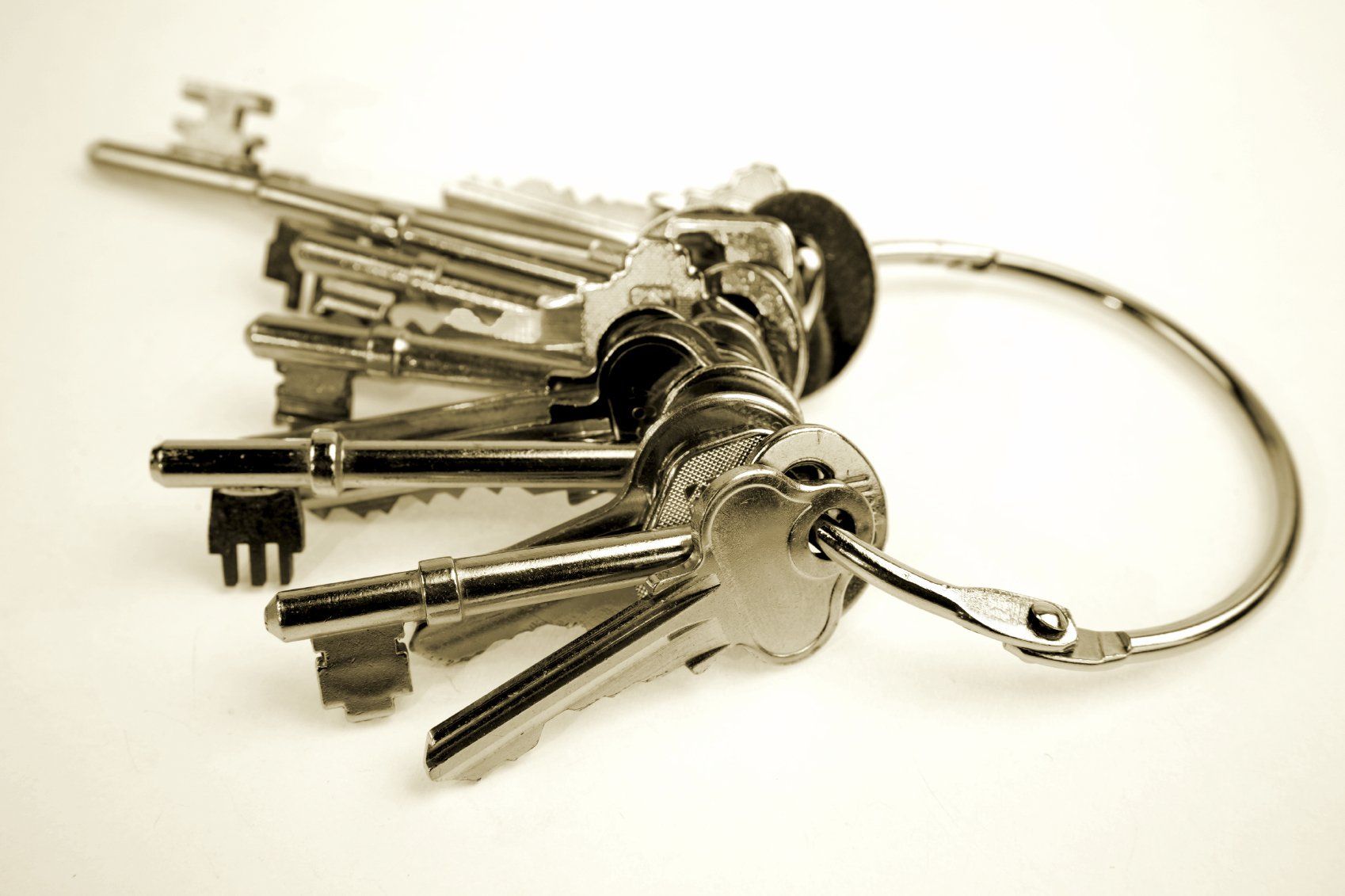Blog
Insights fromN-Sight

By Brian Bailey
•
04 Jun, 2020
5 Exterior & 5 Interior Maintenance Tips For Spring Springtime means different things to different people; new beginnings, renewal, warmer temperatures, longer days. As a homeowner it also signals the time for assessment of the toll the winter months may have taken on your home. This article identifies 5 areas to check on the exterior and 5 to check on the interior of your home as part of your spring maintenance. With the more comfortable weather, what a better place to start could there be than with the home’s exterior? Exterior 1. Start with the roof. For your own safety, climbing onto the roof should be avoided. If you have a sturdy ladder, are so inclined and are capable of climbing it safely, you might look at the roof from the eaves. The safest approach however is to view the roof from the ground using binoculars if available. a. You’ll want to look at the roof covering (shingles). Are they all still in place? Is there any evidence of loose or missing fasteners? A shingle that is raised may be indicative of a raised fastener. Together this may be a place for moisture intrusion. These repairs made early can avoid greater damage and expense later. 2. While you have the ladder out, take a look at the gutters and downspouts and be sure they are free of debris. Clogged gutters and downspouts can lead to water run-off from the roof backing up under the roof covering. Definitely not good. 3. Take a walk around the outside of your home and look to see that shrubs are cut back away from the siding or brick. If there are vines attached to the siding they should be removed. Vegetation in contact with the siding can promote moisture intrusion and damage. 4. Look at the intersection of the siding, windows and doors, are there any gaps that may need to be re-caulked? Also examine areas where dissimilar materials meet for adequate sealing or caulking. Is the trim in need of repainting? It may be time to get out the brush and rollers. Paint not only affects the visual appeal of your home, it also protects the surface of the material from moisture induced damage. 5. Look at the walkways and the driveway. Is there any heaving or large cracks that pose a trip hazard? Interior Spring is a time when we can give the interior of our home a nice deep cleaning, sweeping away as it were, the dust of winter. Many use spring cleaning as an opportunity to sort and eliminate unused items. Some of these can be donated for use by others, then there is what’s left which can either be recycled or discarded. The simple fact is that a clean uncluttered space is also a safer more healthful space. Beyond the organizing and cleaning there are some maintenance items on the interior of the home to give attention. 1. Clean/replace the air-conditioner filter. A simple to perform maintenance task that will help the system to function more efficiently. 2. Clean the screens on the windows and doors. Okay so technically these are on the outside but as the windows are cleaned (both inside and outside) there is a good opportunity to check for smooth operation and to look for evidence of moisture intrusion. 3. Replace the batteries in all smoke and carbon monoxide detectors. A detector that isn’t working is not a detector at all. Many follow the practice of changing the batteries in these every 6-months, timing the change of batteries to coincide with the transition to and from daylight saving time. 4. Examine the caulking at sinks, tubs and showers for deterioration. Also, look for signs of leaking under the sinks. 5. Clean (or have cleaned) the dryer vent. By some accounts, clothes dryers are responsible for over 15,000 house fires each year. In many ways spring is for nature, a time of new beginnings and renewal. For the homeowner it is likewise a time for renewal. Starting the spring season with home maintenance checks is a way to refresh the home from the winter’s impact.

By Brian Bailey
•
17 Apr, 2020
As the father of 4 and now the grandfather of 6, really from the time I got married the matter of keeping my family safe has been of keen concern to me as likely keeping your family safe is to you. Most often this concern is expressed in a basic way by providing a clean and hazard free home, nutritious food, good association and the importance of being alert to “stranger danger.” The thing about being a parent is that the role is constantly evolving as our family grows and circumstances change. The latest security threat we all have had to deal with is from a virus, SARS-CoV-2, a coronavirus that causes the disease known as COVID-19. As this virus has made it’s way around the world and across this country it has left in it’s wake thousands of victims. How Do You Keep Your Family Safe? Officials have implemented policies and recommendations like shelter-in-place, stay-at-home and social-distancing. To be sure complying with these directives will go a long way towards keeping our family safe from this virus. Not to be minimized however are the very basic practices that in reality are good healthful habits at any time. I’m talking about things like covering your mouth when coughing or sneezing by using a tissue or the inside of the elbow, washing your hands with soap and water. For this virus in particular being exposed to soap and water coupled with the rubbing of the hands for at least 20 seconds acts to dissolve the lipids and break down the proteins, both of which actions help prevent the virus from entering the cells on the skin. Imagine that! The lessons we all learned as very young children about the importance of washing our hands and face and covering our coughs and sneezes, the very basics, can help you to keep your family safe. Without a doubt this current pandemic will not spell the end of humanity. But will we take away the lessons it will teach? While sheltering-in-place we may come to have a keener appreciation of the value that being able to have personal interaction with others has to our “inner person.” Maybe we will share a smile with passersby. How about the lesson that by showing consideration for others as when we practice “social-distancing” (yes we protect ourselves as well) to avoid potentially passing on the virus to others we at the same time benefit ourselves. Perhaps we will make it a practice to perform even simple acts of kindness to those we meet. Then too the there’s the value of remembering the “basics.” What other takeaways from this experience do you see? Why not use this time at home to reinforce those lessons and values that you see to be most beneficial to your family? In so doing you will truly be keeping your family safe.
By Brian Bailey
•
03 Feb, 2020
So you’ve found the house you feel fills your needs. It’s amenities cry out to you, it’s location is just right. The design is stylish and absolutely suits your taste. You and your realtor have negotiated a price that’s right in line with your budget. Already you’re envisioning the touches you will add to absolutely make it “your own.” All of this is a natural part of the process. It is only fair to mention however that once we start viewing any potential purchase through the “rose-colored” lenses we become increasingly less likely to recognize and perhaps assess the seriousness of flaws or deficiencies in an objective way. Why an Inspection Hiring a trained, professional home inspector provides you the benefit of an objective assessment of the home you are considering. The home inspector will examine the major systems that make up the home to be sure they are functioning properly and if not recommend repairs. An area of particular interest to me is that the home inspection will often bring to light safety concerns or hazards that exist. The inspector strives to identify problems that are serious and perhaps costly to repair. By exploring the accessible areas of the attic, basement/crawlspace and other areas in the home a trained professional home inspector can identify and then by means of the home inspection report convey to you (the client) their findings. Identifying a structural issue or noting evidence of moisture intrusion as the result of a leak or other cause can save thousands in repair costs. Under-standing the age of components such as the water heater, a/c or furnace can help in budgeting for future maintenance costs. All this is information that a home inspection will make available to you. A good, thorough home inspection can give you “Insight Empowering you to Decide.” A home inspection is a snapshot of the home’s condition at the time of the inspection. The information contained in the report, even that which might be negative is a tool to assist you in making an informed decision. The simple reality is that no home is without flaws so as you review the report, keep in mind that while some defects noted may have serious implications, others may be less serious. Even some serious defects can be corrected by the seller or may be a point for renegotiation. The findings included in the report should be considered thoughtfully and viewed as resource empowering your decision-making process.




